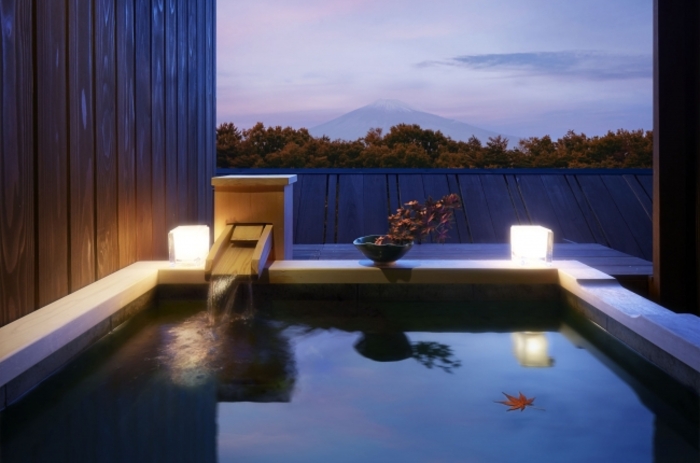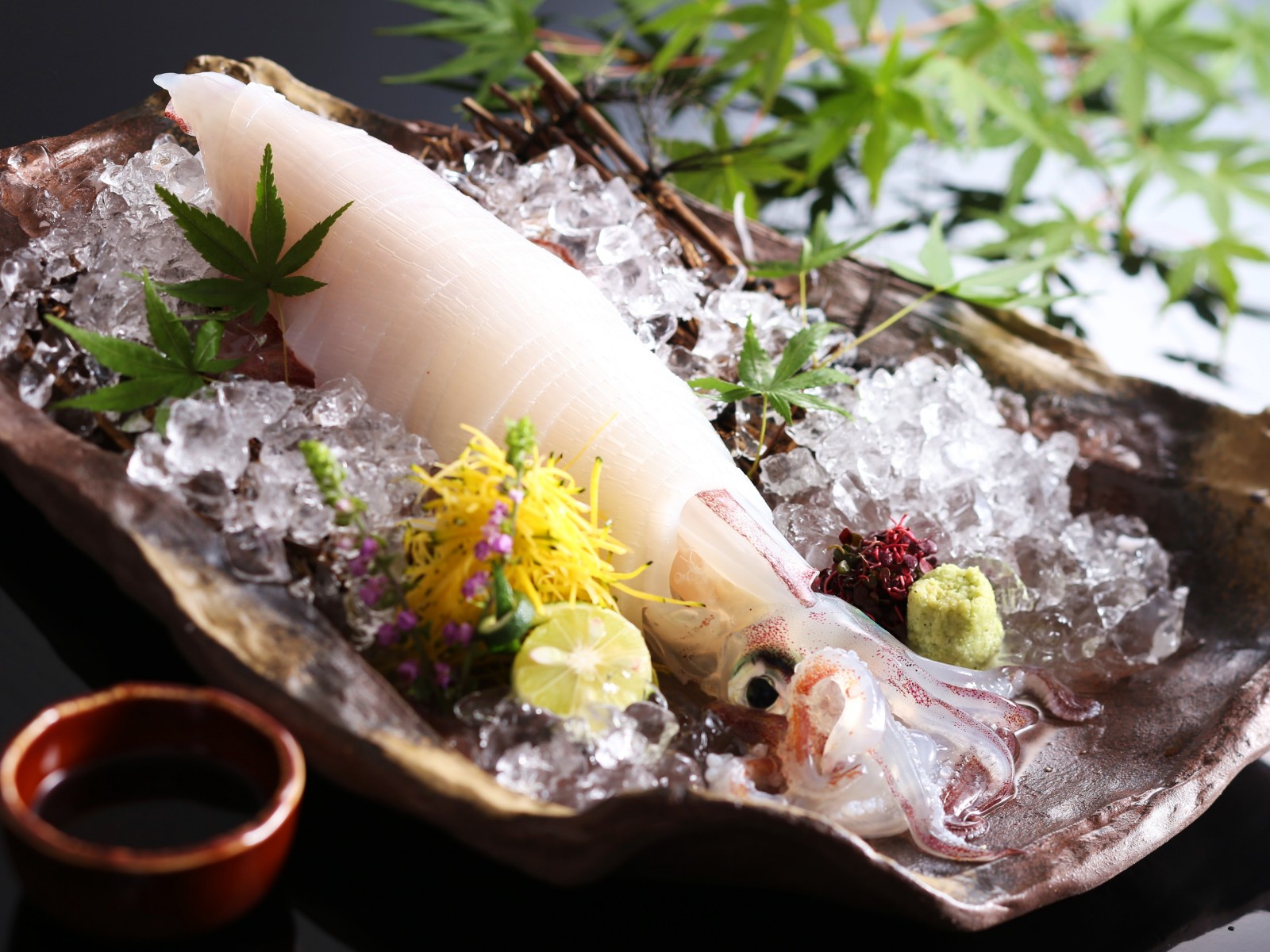Rooms where you can feel the nature of the island


All 48 guest rooms on Hoshinoya Taketomi Island are built in accordance with the island’s traditional building standards, and all are built facing south, just like the island villages. A large window that can take in the southerly wind, which is said to carry happiness, is placed on the south side, and it is designed so that the outside and the inside are loosely connected.
If you open the window on the north side, the south wind will pass through, and you can feel the rich nature such as the voice of birds and the sound of trees swaying. Not only in the guest rooms, but also the stone walls that surround the building follow the traditional architecture.
Gook is a stack of Ryukyu limestones of various sizes that emerge when digging up the ground of the island. On the island, we make use of the shape of each rock in the spirit of “everyone’s squid”. The gooks at the facility are also hand-stacked by craftsmen one by one to create a landscape that looks as if it were part of the island landscape. Hoshinoya Taketomijima’s guest rooms are filled with the desire to let visitors experience the natural comfort of the island.
10 years of progress while making use of the traditional culture of the island


Field Project
Taketomi Island, where agriculture was once the mainstream, has an island-specific field culture. However, in recent years, the number of people who are responsible for field culture has decreased due to changes in industry. Therefore, in 2017, Hoshinoya Taketomi Island started a “field project” aiming to inherit the seeds of crops that have been produced on the island for a long time from an old man who is familiar with the island’s agriculture and cultivate them in the fields inside the facility. bottom.
Among the many crops, “Awa” is an important crop dedicated to God at the “Tanetori Festival”, a festival that has continued for more than 600 years on the island, and has been cultivated under the guidance of an old man from the beginning of this project. In 2019, we were able to deliver the millet made at the facility to the island for the first time.


Activities that connect the culture of the island to the future
People on the island used to make folk implements for agriculture and living from plants that grow naturally on the island. There was also a time when people used to take a traditional wooden sailing ship “Sabani” to and from neighboring islands to grow rice.
With the desire to preserve the folk implements and sabani that are deeply linked to history and culture as the charm of Taketomi Island in the future, this facility offers activities such as folk implement making and sabani maneuvering.
Both are experiences where you can interact with the people of the island. Since the opening of the business, we have been conducting these activity experiences through discussions and cooperation with the people of the island.
There are also plans to incorporate folk implements in the dining room, lounge, and guest rooms, and to organize special sabani maneuvering activities limited to one group per day. We will continue to work with the cooperation of the people of the island to convey the charm of traditional culture to our customers.
Conclusion of a partnership agreement with the Taketomi Island Regional Natural Assets Foundation and future steps with the island


In March 2021, a partnership agreement was signed with the Taketomi Island Regional Natural Assets Foundation, which works to preserve the natural environment of Taketomi Island.
In order to continue to connect what has been inherited on the island to the future, we are thinking about the new added value of the natural environment and traditional culture, and are trying to realize it. Thoughts at the time of the opening of Hoshinoya Taketomi Island “What is important to the island is to protect Hoshinoya Taketomi Island.” This feeling has never changed.
>Taketomi Island Regional Natural Assets Foundation Official Website
Hoshinoya
With the concept of “rest to be absorbed in”, each facility offers an overwhelming extraordinary theme with an original theme, “Hoshinoya”. At each facility located in Japan and overseas, the local climate, history, and culture are woven into hospitality to enrich the staying time, freeing visitors from the daily flow of time and taking them to a special extraordinary time.
>Hoshinoya Official Website


















































